Intellectual Property: Registration and Effects
by: Adv. Kishan Dutt Kalaskar 2023-03-30 16:34:46

by: Adv. Kishan Dutt Kalaskar 2023-03-30 16:34:46

by: Adv. Kishan Dutt Kalaskar 2023-03-30 16:20:33

by: Adv. Kishan Dutt Kalaskar 2023-02-28 18:47:16

by: Adv. Kishan Dutt Kalaskar 2023-02-28 18:10:41
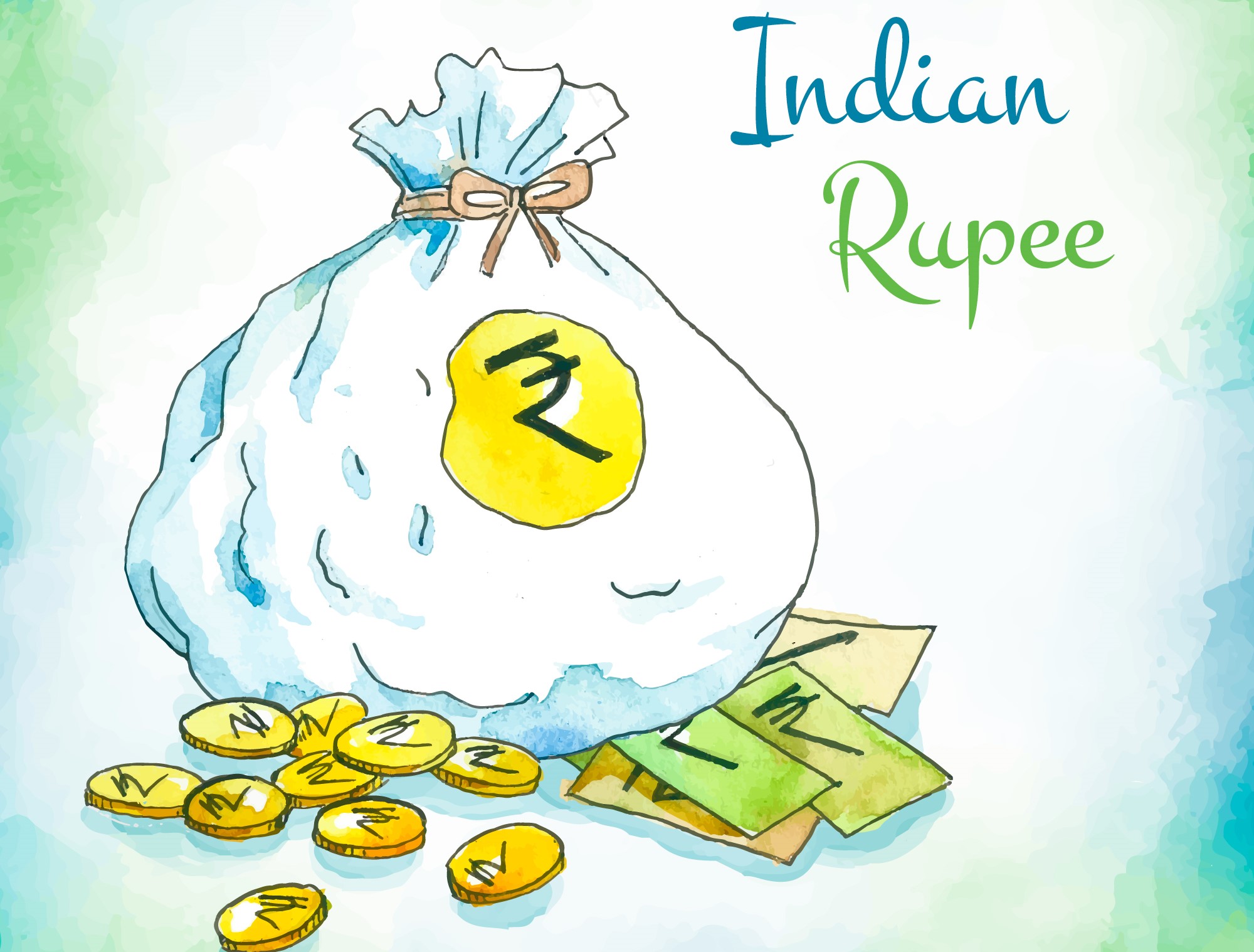
by: Adv. Kishan Dutt Kalaskar 2023-02-03 22:32:13
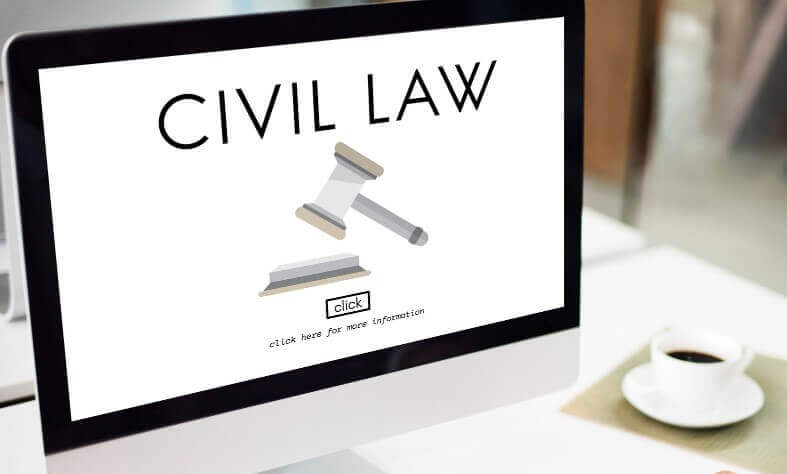
by: Admin 2023-02-01 16:45:35

Intellectual Property: Registration and Effects

Clearance to get a Passport and Visa during the pendency of Criminal Cases

Summary of the Payment and Settlement System Act, 2007

Procedure to track court cases online

Key Features of Union Budget 2023

Top 10 reasons to hire a Civil Lawyer

5 Benefits Of Hiring A Business Lawyer When Starting Your Company

Top 5 Reasons Why You Should Consult A Banking Lawyer

10 Things to Consider Before Hiring an Accident Lawyer

Payment Recovery Process

Analyzing legal and security issues in cyber contracts (E - contracts)

Discharging and Quashing in Criminal Cases

Legal compliances for online shopping sites in India
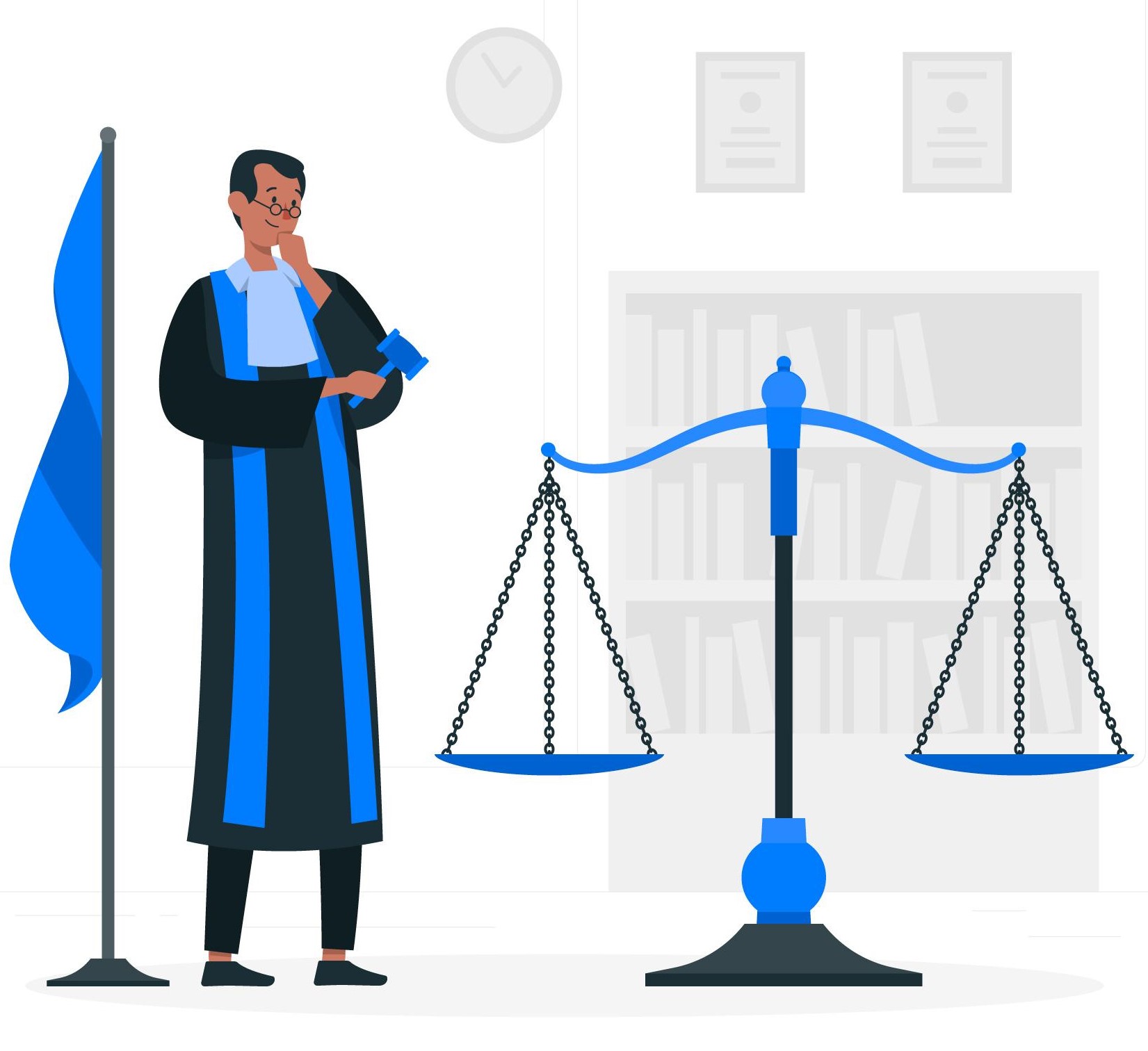
How to select a Lawyer
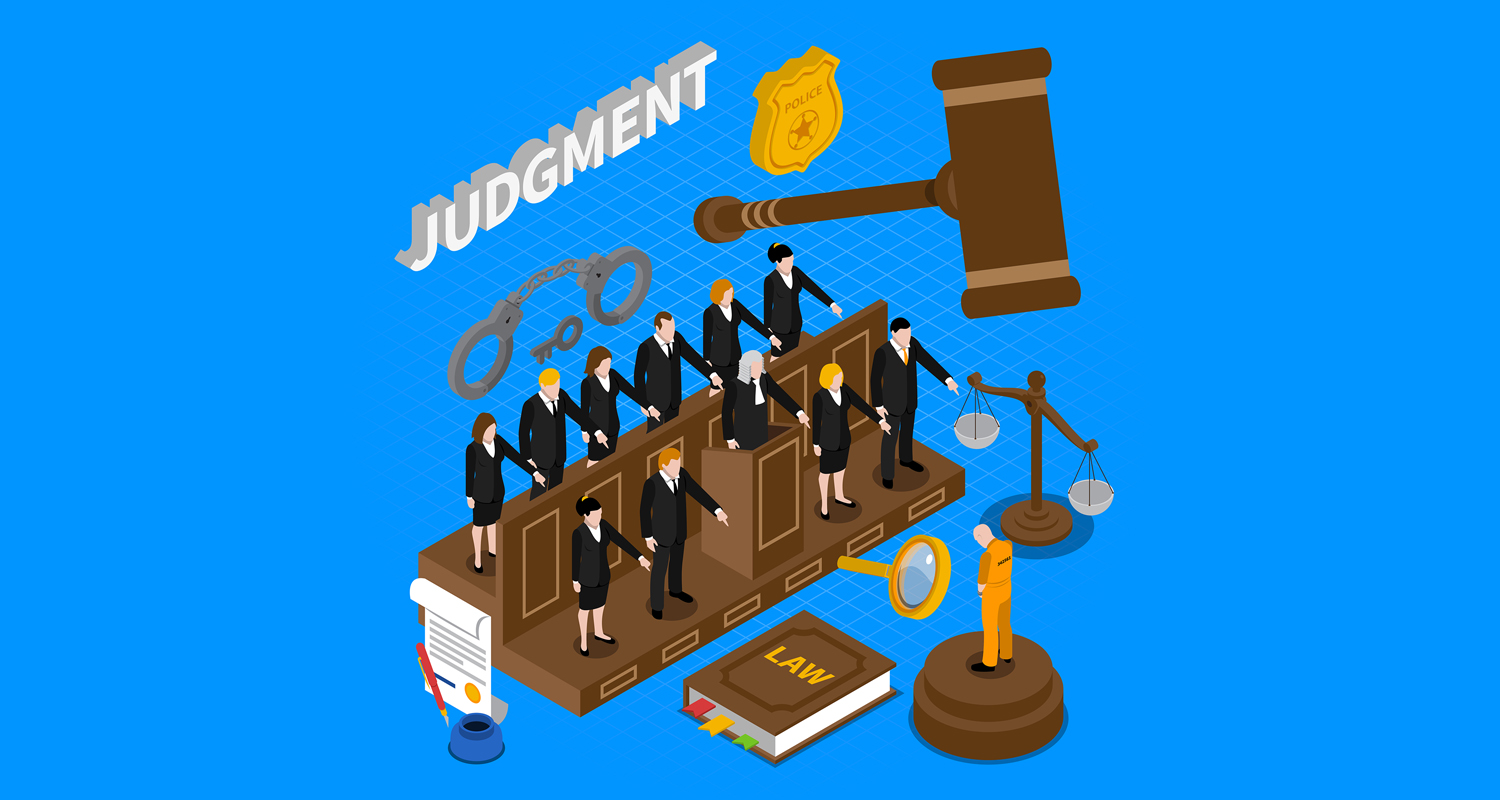
Supreme Court Judgments 2022

Maternity Benefit Act 1961, at a Glance

Modes of Recording Accepted by Court

Essential elements of a sale under the Transfer of Property Act

Compensation in Motor Vehicle Accident Cases

Is it important to respond to a summon?

Analysis of Section 18 of Limitation Act, 1963

Fresh period of Limitation

The breakdown of the doctrine of Res-Judicat

Impact Of Supreme Court Ruling

Analysis of Employees Provident Fund and Miscellaneous Provisions Act

How is 'BLACK MAGIC' governed in India

Different Identities of an NDA

Breaking down the requirements of becoming a Public Prosecutor in India.

Mohan Breweries & Distilleries V/s Commercial Tax officer, Madras

Kavita Kanwar Vs. Mrs Pamela Mehta & Ors

Entry into Judiciary: Minimum required Qualifications

Law of Retrenchment

Grounds for refusal of a Trademark Application

Early disposal of pending cases by the High Court

Parminder Kaur V/s State of Punjab

Central Bank of India V/s M/S Maruti Acetylene Co. Ltd.

Goan Real Estate and Construction Ltd. And Anr. V/s Union of India

Raj Kumar V/s Ajay Kumar

Synopsis of the Special Marriage Act in India

Lok Adalat has no jurisdiction to decide a matter on Merits

Significance of a Police Clearance Certificate in a pending Accident Case

Understanding the Digital Rupee

Eligibility of Teachers for Gratuity under the Payment of Gratuity Act, 1972

Dr. M. Kocher V/s Ispita Seal

Smt. Seema Kumar V/s Ashwin Kumar

Leo Francis Xaviour V/s The Principal, Karunya Institute

Nazir Mohamed V/s J. Kamala and Ors.

Addissery Raghavan V/s Cheruvalath Krishnadasan

Himalaya House Co. Ltd. Bombay V/s Chief Controlling Revenue

K. Sivaram V/s P. Satishkmar

Basir Ahmed Sisodia V/s The Income Tax Officer

Burden of Proof

Interest for delayed Payment under Payment of Gratuity Act, 1972 - Need for Change?

How to file a complaint in regards to violation of Cyber Laws

Delayed Justice from Consumer Courts

Can a registered Will be challenged in the Indian Court?

Trademark Infringement - Triple identity test in Trademark

Blockchain Technology in India – II

Manish V/s Nidhi Kakkar

Withdrawal of Mutual Divorce Proceedings

Blockchain Technology in India - I

Unnatural Offences

Surendra Kumar Bhilawe V/s The New India Assurance Company
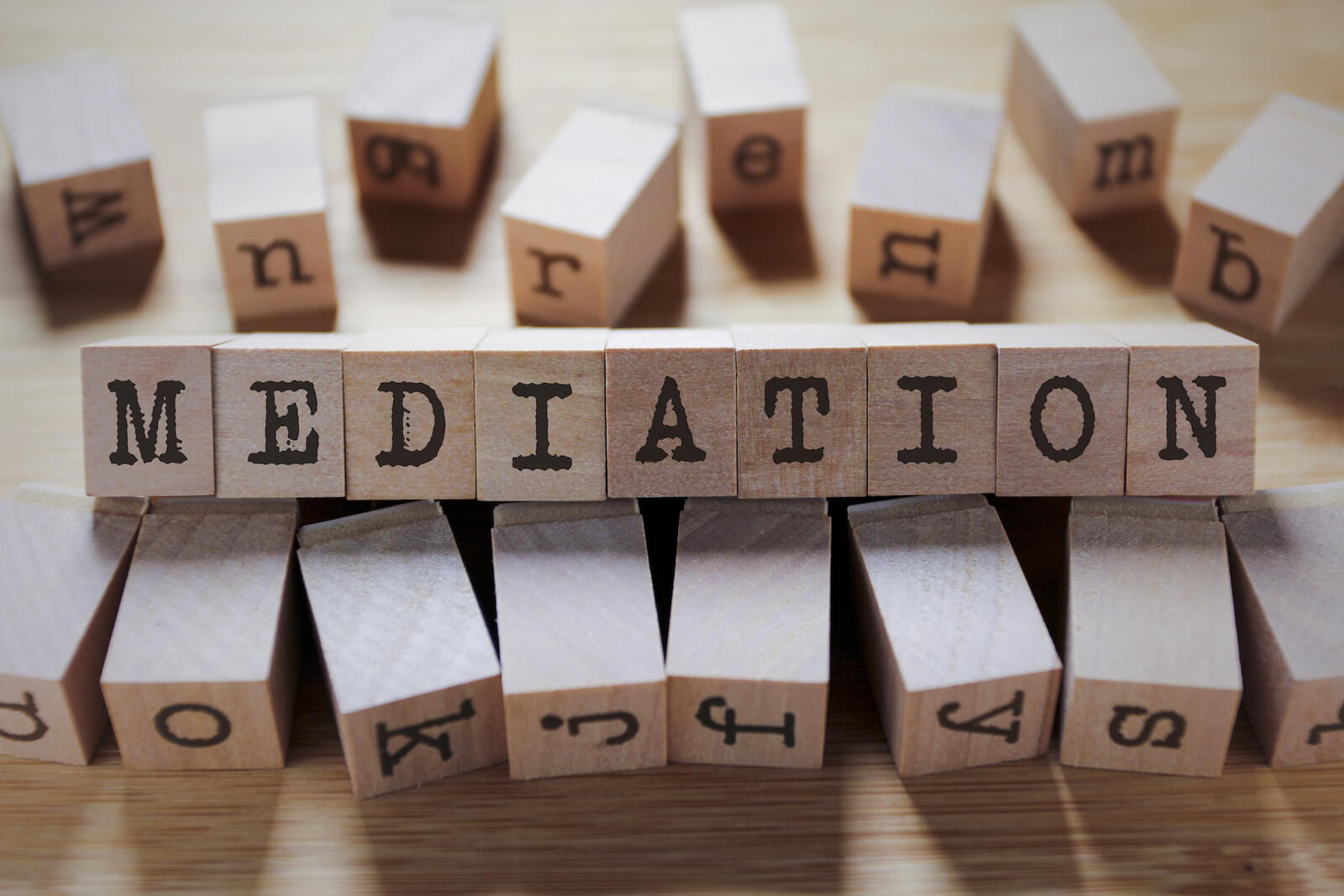
Seat Vs Venue of Arbitration

D. Velusamy V/s D. Patchaimmal

Standard from of Contract - Legal or Illegal?

Life Insurance Corporation of India V/s Mukesh Poonamchand Shah

MSME Debt Recovery Provisions

Neelam Gupta Vs Mahipal Sharan Gupta

Analysis of Section 11A of Industrial Dispute Act, 1947.

Time Limits & Procedure to approach HC in Civil Cases

The necessity of Gender-Neutral laws in India

Sou. Sandhya Manoj Wankhade V/s Manoj Bhimrao Wankhade

Plea of Adjustment

Filing of Complaints against biased Judges

G. Raj Mallaih and Anr. V/s State of Andhra Pradesh

Zee Entertainment Enterprise Ltd. V/s Suresh Production

Chief Administrator of Huda &Anr. v/s Shakuntala Devi

Permanent Child Custody

Dilution of the statutory protection available to MSMEs

Validity of an Unregistered Sale Agreement

Ambalal Sarabhai Enterprise v/s Ks Infraspace LLP

False and misleading advertisements in India

National Legal Service Authority v/s Union of India and Others

Recovery Procedure in Cheque Bounce Cases

Roxann Sharma V/s Arun Sharma

Ganesh Santa Ram Sirur V/s State Bank of India &Anr.

Recovery Procedure of Consumer Court Cases

Bank Guarantee

M/s M.M.T.C Ltd. & Anr v/s M/s Medchl Chemical & Pharma P

Shailendra Swarup V/s Enforcement Directorate, The Deputy

SunitaTokas v/s New India Insurance Ltd.

Can couples get separated without a divorce?
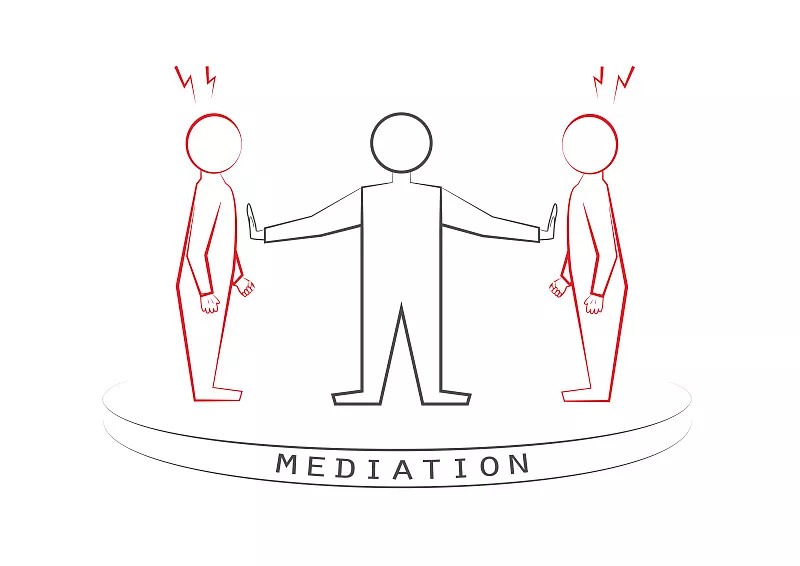
Scope of Arbitration in India

Appointment of Arbitrators

NRIs right to purchase Property in India

Decriminalization of Dishonour of Cheques: a measure contradictory to its purpose

Paternity leave in India

Regulation of Cryptocurrency in India

How can litigants list their cases online?
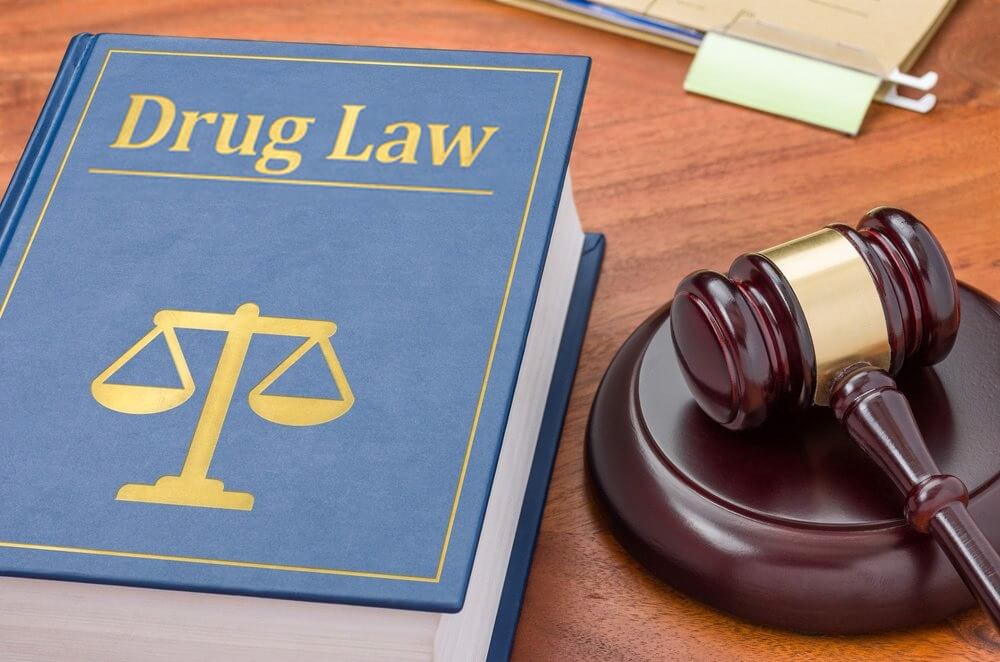
Validity of Narco-Analysis in India

Remedies against frivolous cases registered against students by the Police

Procedures involved in a Criminal Trial

Procedured Involved in a Family Court Case
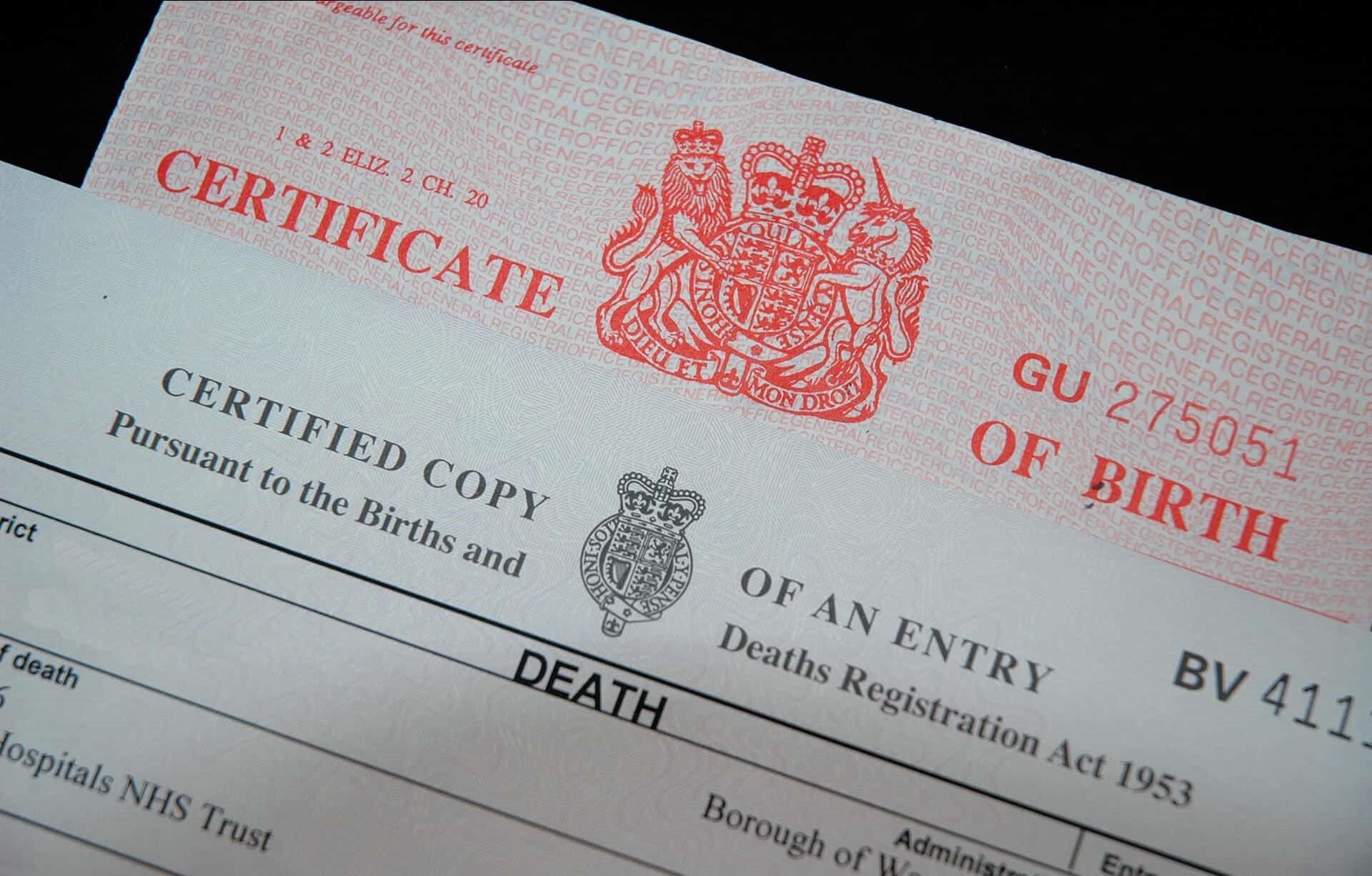
Death Certificate of a missing Person

Accountability of Police

Highlight of important Dishonour of Cheque case laws in 2020

Guidelines to be followed by Registered Medical Practitioners to dispense medicines

Land Mark Judgements on Family Law for the Year 2020

Remedies against harassment by Recovery Agents

Abetment to Suicide

Overview of the Vehicle Scrappage Policy

Rights of husbands in dowry and cruelty-based complaints

Admissibility of E-evidence; Are WhatsApp chats and E-mails admissible in Court?

Triloki Nath Singh V/s Anirudh Singh

Milmet Oftho & Ors. V/s Allergan Inc.

Director of Income Tax II (International Taxation) V/s M/s Samsung Heavy Industries Co. Ltd.

M/s ExL Careers V/s Frankfinn Aviation Services Pvt. Ltd.

The Maharashtra State Cooperative Bank Ltd V/s Babulal Lade & Ors.

Constitutionality of Bandhs

State of Himachal Pradesh V/s A parent of a student of a Medical College & Ors.

Rathnamma & Ors. V/s Sujathamma & Ors.

Ravinder Kaur Grewal V/s Manjit Kaur

Ficus Pax Pvt. Ltd. V/s Union of Indian & Ors.

Commissioner of Income Tax V/s Chandra Sekhar

Analysis of Section 41-A of CRPC, 1973

Judgment: Indian Bank V/s Abs Marine Product Pvt. Ltd.

Kailas & Ors. V/s State of Maharashtra

Sukhedu Das Vs Rita Mukherjee

Witness to a Will

National Insurance Co. Ltd V/s Hindustan Safety Glass Works

Mahalakshmi V/s Bala Venkatram (d) through LR & Anr.

Kajal V/s Jagdish Chand
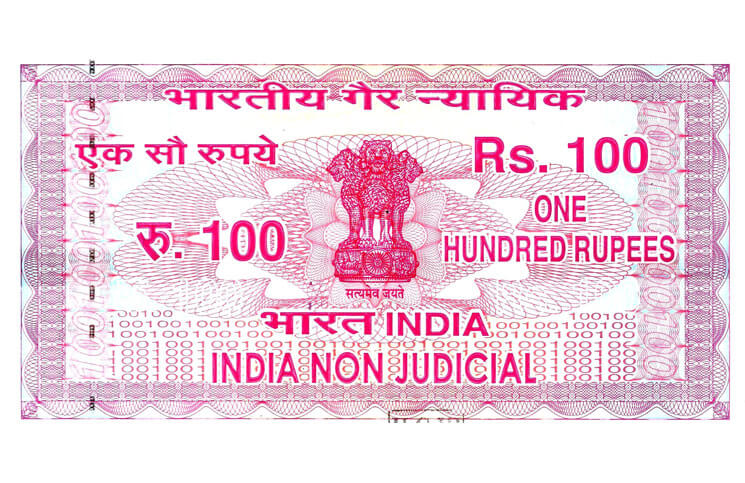
Shyamal Kumar V/s Sushil Kumar Agarwal

NRI's Power of Attorney

Megha Khandelwal V/s Rajat Khandelwal and Ors.

Is Registration Compulsory under Trademark and Copyright?

Md. Eqbal & Anrs. V/s State of Jharkhand

Types of Will

Employment Contract

Police Clearance Certificate

Validity of Crypto-Currency in India

A. Jayachandra V/s Aneelkaur

Points to be considered before filing an Income Tax Return

Union of India V/s N. K. Shrivasta

Startup under the Government Programme

The procedure for filing a complaint against a Lawyer

Types of Stamp Paper

Satvinder Singh V/s State of Bihar

Sexual Violence laws under the Indian Penal Code

Shreya Singhal V/s Union of India

Division of Assets

Shaleen Kabra V/s Shiwani Kabra

Types of Property

Vasant Kumar V/s Vijaykumari

Personal Injury - Damages

Adultery under the Indian Law

United Commercial Bank & Anr. V/s Deepak Debbarma & others

Intentional Wrongs

Vinay Kumar Mittal & Others V/s Deewan Housing Financial Corporation Limited

How to get a Marriage Certificate?

Mohammed Siddique Vs National Insurance Company Ltd

Pagdi System

The Bonus Act

Frivolous Complaints under the Sexual Harassment Act

Important Income Tax Return Forms and its Due Dates

Garden Leave

How can a Private Complaint be filed?

Key changes to Indian Tax Regulations

Employees Provident Fund
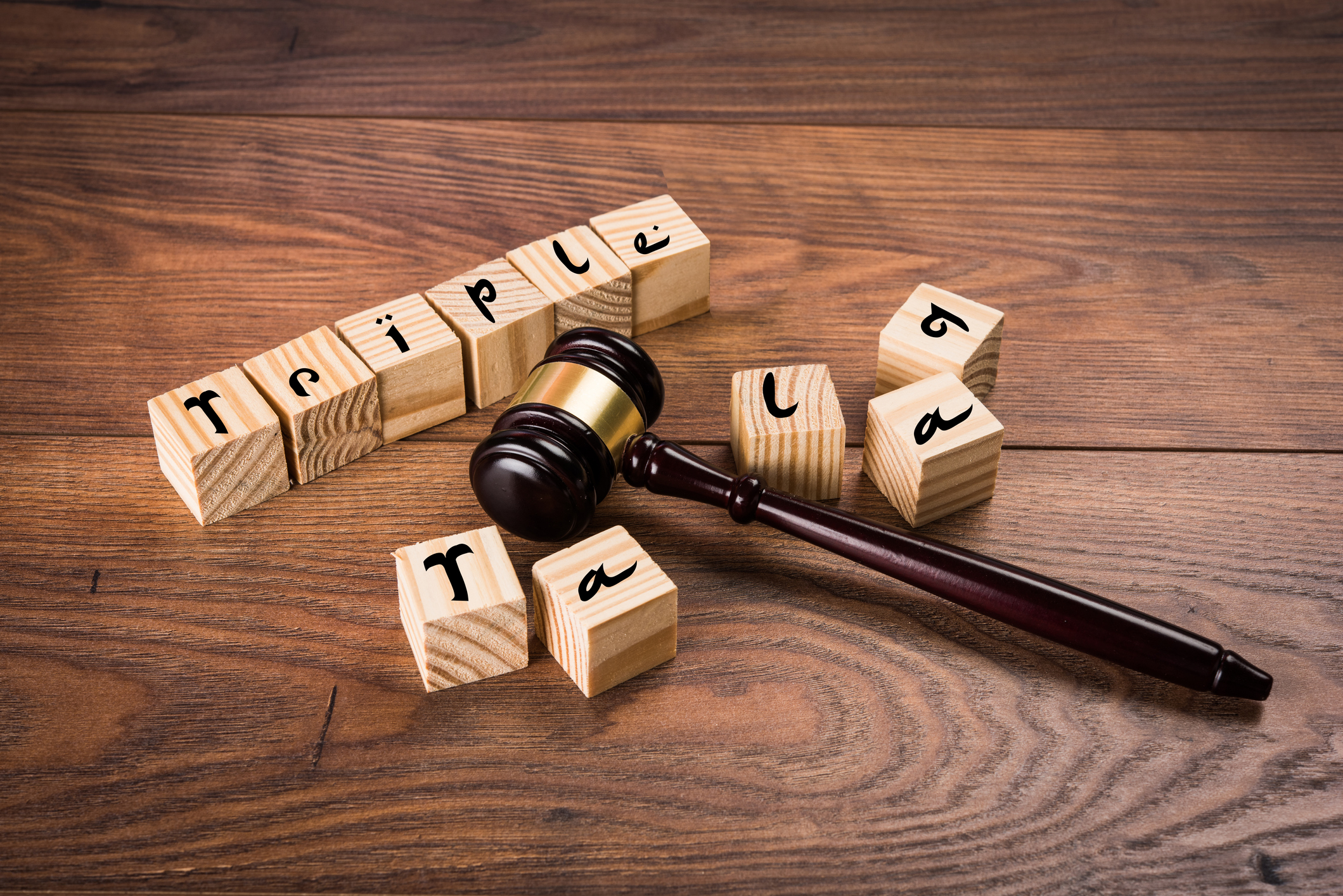
Status of Triple Talaq

Contract Farming & the new ordinances that affect the Farmers

Documents required for filing a Divorce

Section 138, 141 and 142 of the Negotiable Instrument Act 1881

Validity and Enforceability of Click-wrap Agreements

Child Custody under Christian and Parsi Law

Hindu Succession Act

Oppression and Mismanagement

Fraudulent and Invalid Contracts

Developments in Reserve Bank of India

Loan Frauds in India

Penalties associated with Driving

Laws governing a Knife

Medical Negligence and its Compensation

Interim Maintenance under the Domestic Violence Act

Shortcomings of the Consumer Protection Act, 2019

Tougher rules for the E-Commerce Industry

Difficulties faced by men in Family Courts

The consumer is the King in 2020

Illegal Termination of an Employee during Covid-19.

Child Labour Laws in times of Covid-19

Real Estate scenario Post Covid-19

Post Covid-19 Digital Shift of Legal practise

Mutual Consent Divorce through Video Conferencing

59 Chinese Apps banned in India
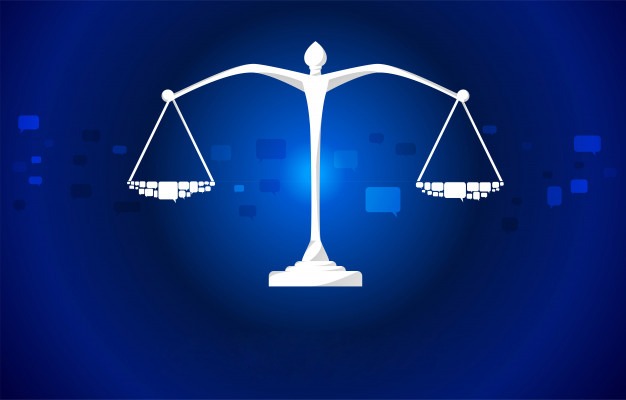
Litigants and the Lockdown - A Court Perspective

Anticipatory Bail for cases under section 498A of IPC

Brand Protection in times of Covid-19

Title Verification of Immovable Property
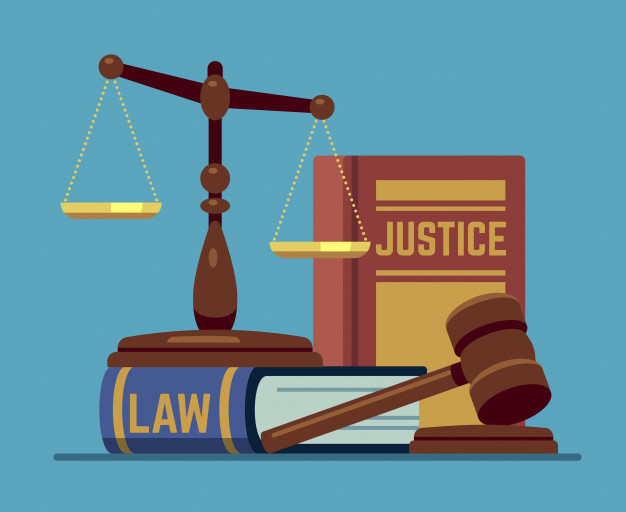
The Judiciary during the Pandemic

Termination of an Employee during Covid-19

Drafting of a Will

Criminal Medical Negligence in times of Covid-19

How does Covid-19 affect employers and employees?

Rent deference during the Pandemic

Post Covid-19 digital shift of legal practise

Police Interrogation

Prenuptial Agreements

Void and Voidable Contracts

The Negotiable Instrument Act 1881

Cheque Bounce Notice

Types of Dishonour of Cheques

Intestate Succession

The Stand of Essential Commodities

Trademark Cease and Desist Notice

IT Department Notice

Eviction of a Tenant

Consumer Complaint Legal Notice

Medical Adherence to Environmental Laws
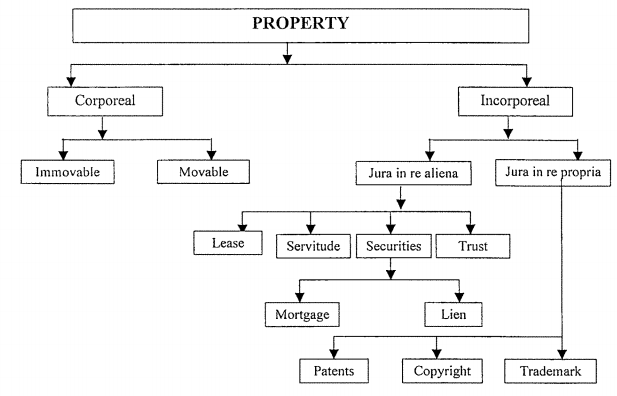
Basic Elements of Transfer of Property Act, 1882

Debt Recovery Notice

Cheque Bounce Notice

Hygiene maintenance in Hospitals and Clinics

Consequences of using a Fake Degree/Certificate

Healthcare Security
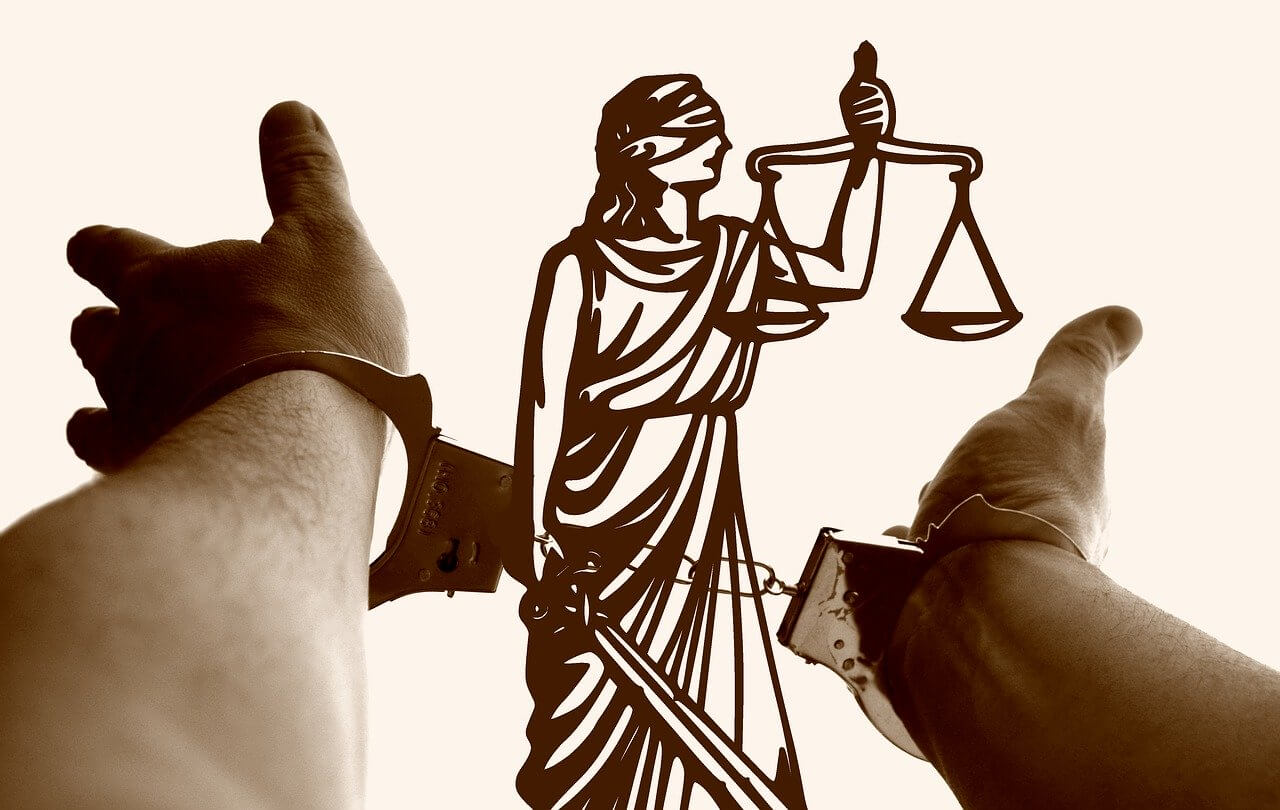
Rights of Doctors with respect to Medical Negligence

Importance of Consent

Faulty Machine Aids Medical Negligence

The Special Marriage Act, 1954

Top 2019 judgements by Supreme Court

National Medical Commission Act 2019

Money Laundering

Hindu Undivided Family (HUF)

Child Labour

Endorsement under Negotiable Instrument Act

Quashing of an FIR

Annulment of Marriage

Probate

FAQ's on Trademark

EMI - Equated Monthly Installments

Legal mistakes made by the Start-Up

What is a Stamp Paper?

Sexual Abuse in Shelter Homes

Debt Recovery provisions under the SARFAESI Act

Effective ways to stop Ragging

Transfer of Property Act

Personal Injury Lawyers

Marriage Registration under the Special Marriage Act

Rights of Tenant

Classification of various Collar Jobs

Documents to be submitted for ITR Filing

Illegal Immigrants

Role of lawyers in Corporate Finance

Intestate Succession

Employment of White Collar Employment of White Collar

Domestic Violence

Power of Attorney

Dissolution of Marriage - Christian

Noting And Protest

Hostile Witness

Unfair Trade Practice

All you need to know: Drafting a Legal Notice

Fraudulent and unauthorized transactions at ATM

Is legal documentation important in medical practice?

Why do doctors need to be updated with medical negligence laws?

Personal Data Protection Bill, 2019

Jurisdiction of Consumer Redressal Forums

Does telephonic consultations amount to culpable negligence?

Consumer dispute Redressal Forum in dealing with Medical Negligence

Validity of Notices.

Response to a Legal Notice

Promotion of Medical Products.

Doctors' Bill: Prohibition of Violence & Damage to Property Bill, 2019.

Why less Indemnity cover is risky for Doctors?

Procedure for filing a Notice in India

Format of Legal Notices in India

Citizenship Amendment Act, 2019

Demerger

Legal framework for the Elimination of violence against Women in India

International Day for the Elimination of violence against Women

Family Courts in India
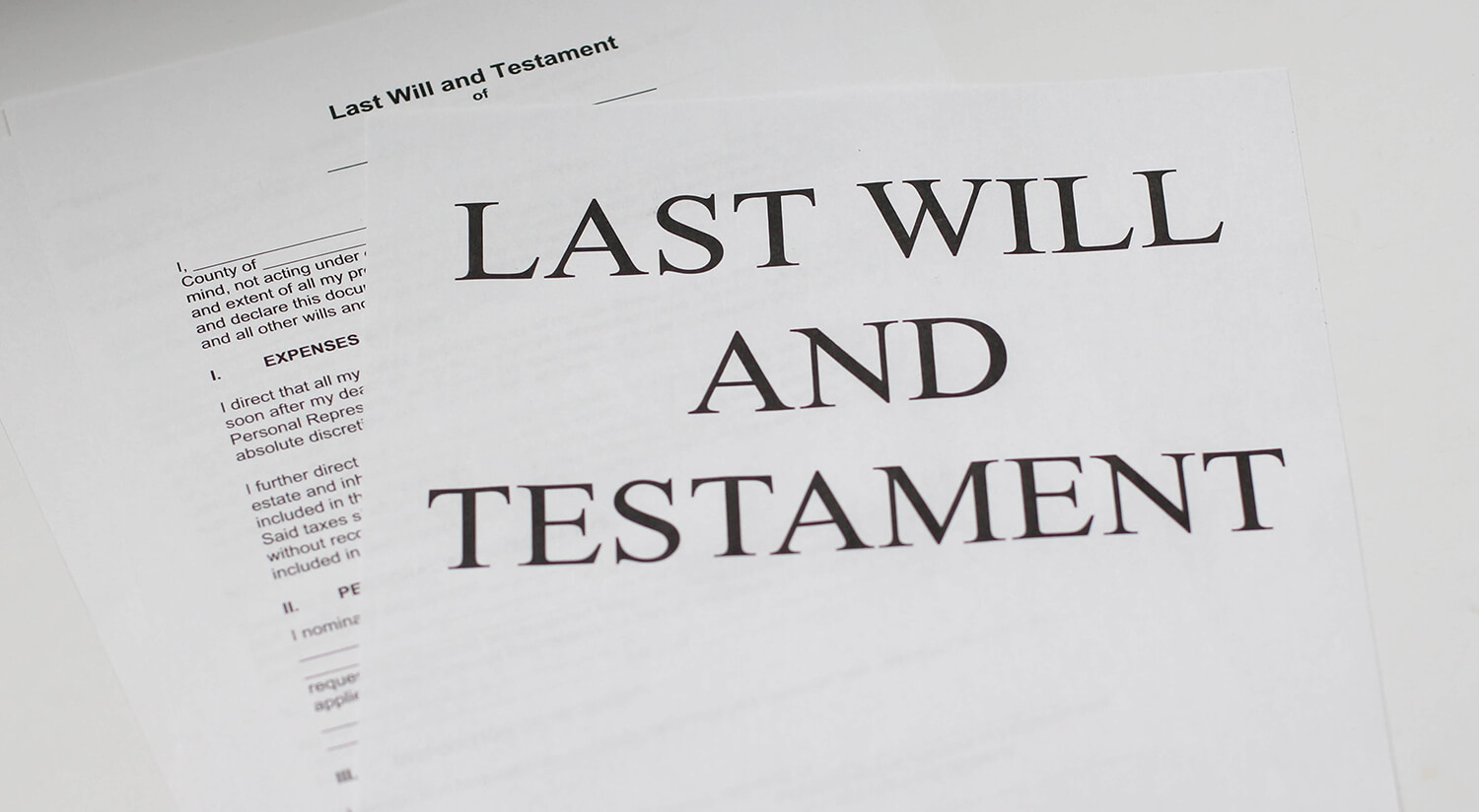
Inheritance Law in India

Rights of Children in India

Virtual Clinic

New Medical Technologies in India

Land Records & Titles

Regulations for firecrackers during Diwali

Legal and Regulatory Regime: Medical Technology

Intellectual Property in Medicine

Consumer Protection Bill, 2019

Artificial Intelligence in healthcare

The Real Estate (Regulation & Development) Act

Warrant and its Types

Joint Custody of Child in India

Limited Liability Partnership (LLP)

Penal Provision on Rash and Negligent Driving
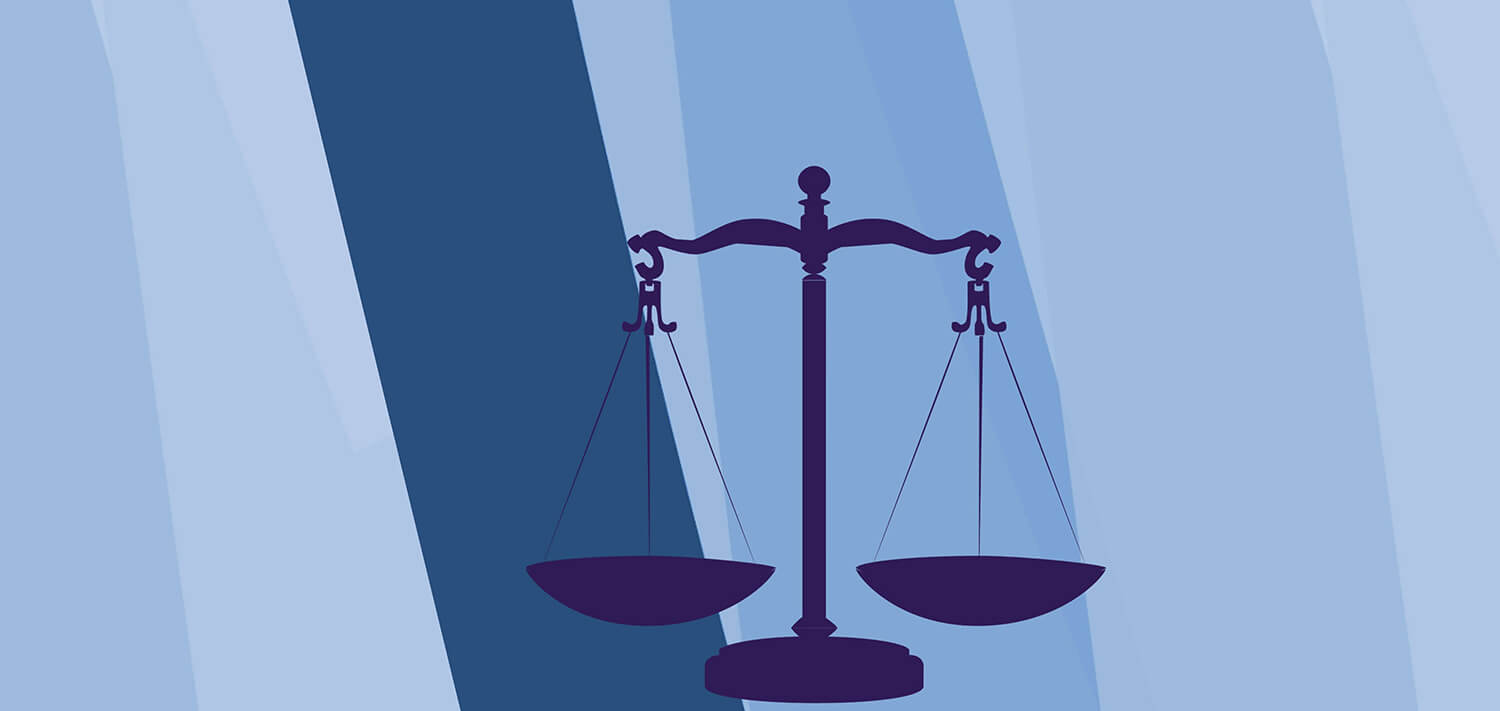
National Company Law Tribunal

Rules to be followed by the Ganpati Mandals

Need to amend CrPC and IPC to increase the conviction rate.

Motor Vehicle Amendment Act, 2019

The Growth of technology Patents in India

Citizenship under the Indian Constitution

Basic Structure of the Indian Constitution

A comparative study of the Indian, UK and the US Constitution

Can the Indian Constitution be Amended?

Overview of the Indian Constitution

All you need to know: Drafting a Legal Notice

Surrogacy (Regulation) Bill, 2019

Overview of The Indian Penal Code

Offences and Prosecution under the Income Tax Act, 1961
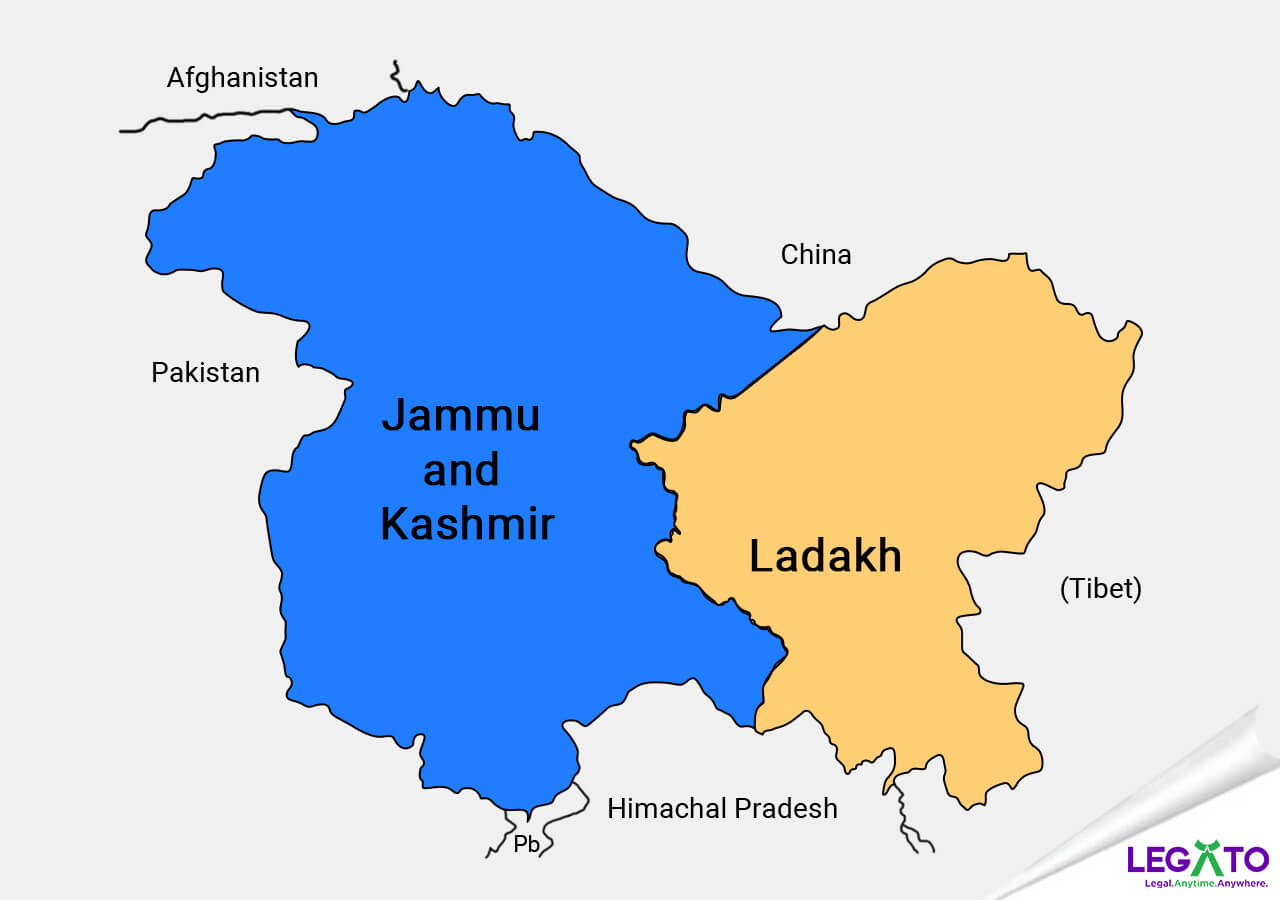
The abolishment of Article 370 of the Constitution: One Nation One Flag

Intervention of SC in the Unnao Rape Case

Case of abandoned NRI brides, Supreme Court issues notice to the State

Financial Risk Management

Know more about Equal Remuneration Act, 1976

Procedure to File Complain against Domestic Violence

The IndiGo Promotors Feud
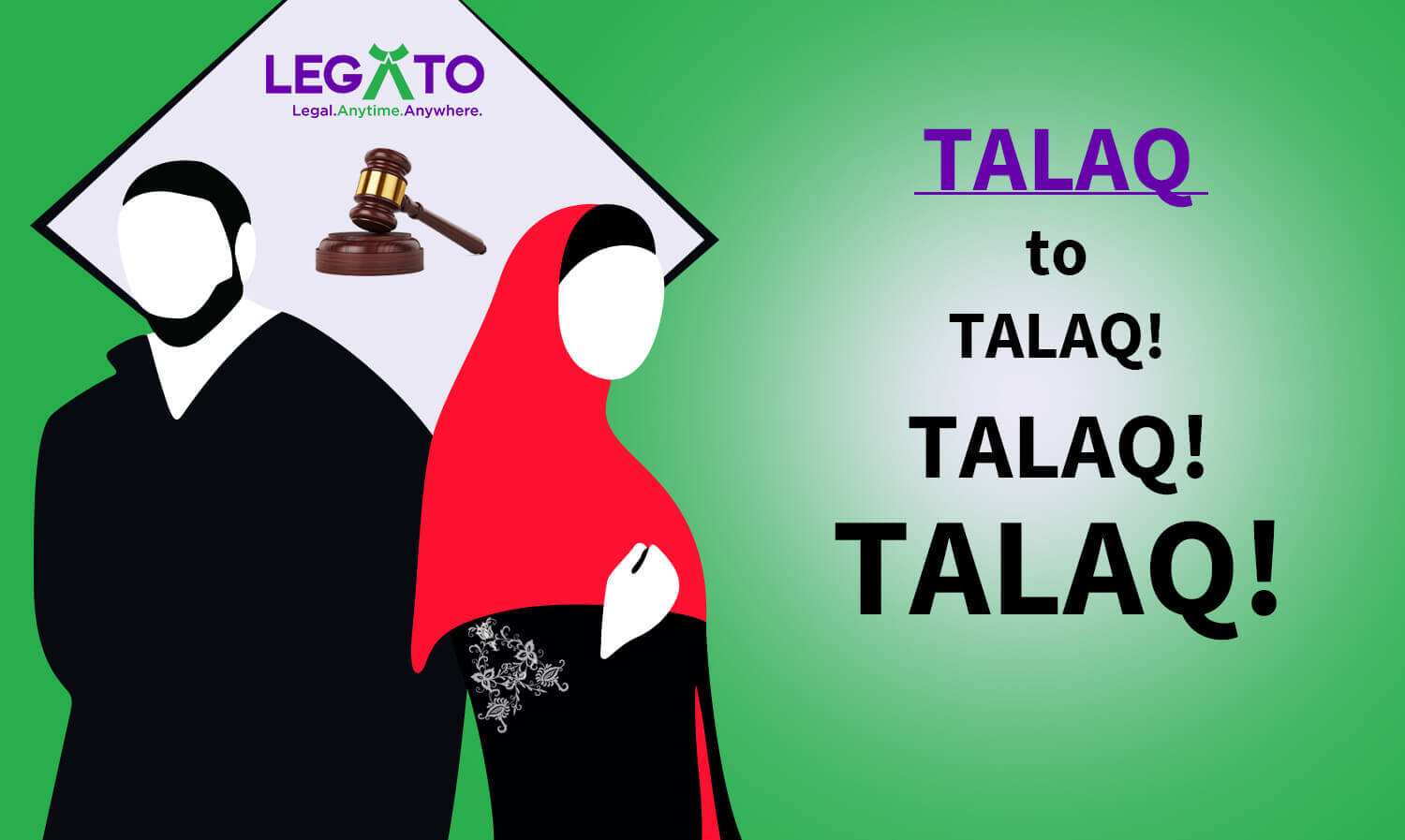
Rajya Sabha passes the Triple Talaq Bill

Gift Deed

More about Contested Divorce

Things to be kept in mind - Dishonor of Cheque

Prison Reforms in India

Consumer Protection ACT, 1986

More about Joint Venture

Delay of Condonation

Points to be Noted for Child Custody to Father

Basic information of Companies

Plastic Money and their Advantage & Disadvantages

Motor Accident Claim Tribunal

Guidelines to protect doctors from frivolous and unjust prosecution

Unjust Compensation - A Doctors Perspective

Misdiagnosis: A Medical Negligence?

Exemption of doctors operating in Emergency Rooms

General Types of Medico-Legal Cases (MLC)

Duty of patient to avoid aiding Medical Negligence

Rights of the Patient

Steps to be taken to avoid Medical Negligence

Liability of Medical Negligence under Consumer Protection Act

Laws that affect Medical Professionals in India

Defense against Medical Negligence Cases

Duties of Doctors

Common types of Medical Negligence

Medical Consent for treatment in India

Regulation for E - Pharmacy in India

Types of Consent for Medical Treatment

Guidelines for Autopsy/ Postmortem in India

Guidelines for the prescription of medicines

Procedure to start a Pharmacy Store in India
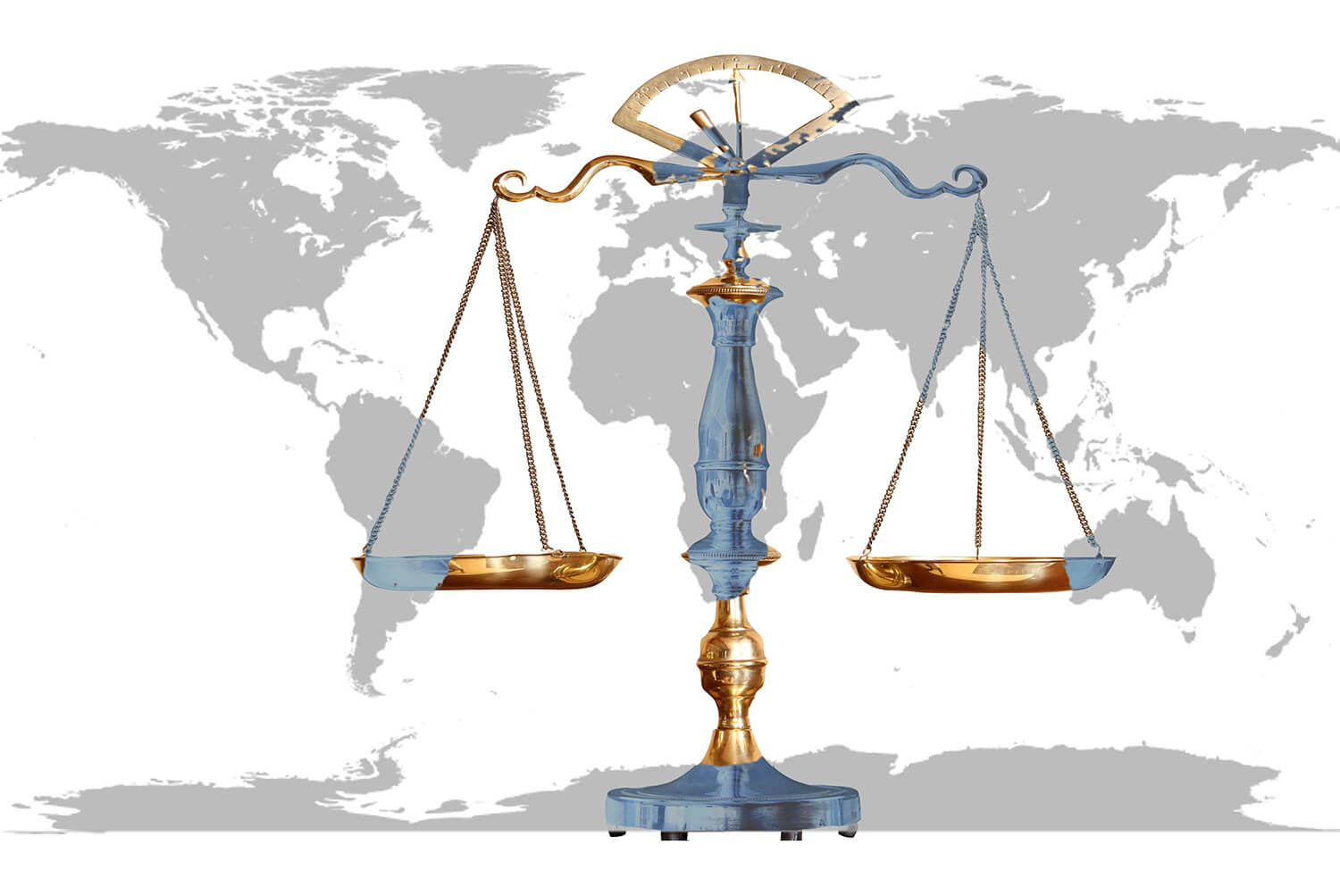
India Vs Pakistan: Kulbhushan Jadhav's Case

Contempt of Court

Juvenile Justice Act, 2000

Bankruptcy & Insolvency in India

The Maternity Benefit Act, 1961

Guardian and Ward Act In India

Medical Negligence in India

Procedure to be followed in Civil Recovery Proceedings

Rights of Consumers

Mandatory Registration of Documents and procedure

Rafale Deal And All About The Controversy

Contempt of court is any conduct that disrespect or disregard for interfering with or prejudice parties or with their witnesses during the litigation before the respective authority and administration of law. The Contempt of Courts Act, 1971 governs the contempt law in India. Then the judges of the court have the authority to pass sanctions such as sending the contemnor(the person who committed contempt of court) to jail for a specific amount of time or by imposing fines on those guilty of contempt of court.
Introduction
The act empowers the Supreme Court and High Court to punish acts of contempt. The Supreme Court and High Courts being courts of record have the constitutional validity to punish for contempt of court and the Contempt of Courts Act, 1971, according to the jurisdiction. Contempt of court can be understood as an offence of defying the court authority by disobeying the instructions laid by the court. The Act defines civil contempt under section 2(a) as contempt of court means civil contempt or criminal contempt. The two types of contempt are different in character and very difficult to differentiate.
Section 2(b) of the 1971 Act not only encompasses willful disobedience to any judgment, decree, direction, order etc. of a court, it also takes in its fold a willful breach of an undertaking given to a court of law. The civil contempt is wrong of private nature. It injures the interests of the party, entitled to get benefit from the disobeyed order, whereas criminal contempt is an offence against the society where the contemnor undermines the authority of the court by his words or actions.
Section 2 (c) defines the ‘criminal contempt' as the publication (whether by words, spoken or written, or by signs, or by visible representation, or otherwise) of any matter or the doing of any other act, whatsoever which;
Also, Article 129 and 215 of the Constitution of India empowers the court to take action against the contempt. Article 129 empowers the Supreme Court, whereas Article 215 empowers High Courts. Whereas, Section 10 of The Contempt of Courts Act, 1971 has given them special powers to the respective High Courts to punish contempt of subordinate courts.
Article 129, of the Constitution of India, states that the Supreme Court shall be a court of record and shall have all the powers of such a court including the power to punish for contempt of itself.
Article 215, of the Constitution of India, states that every High Court shall be a court of record and shall have all the powers of such a court including the power to punish for contempt of itself.
What is the statutory basis for Contempt of Court?
India witnessed Pre-independence laws of contempt in India. Not only the early High Courts, but the courts of some princelystates also had such laws. After the constitution was adopted, contempt of court was made one of the restrictions on freedom of expression and speech. Moreover, Article 129 of the constitution conferred on the Supreme Court the power to punish contempt of itself. Article 215 conferred a corresponding power on the High Courts. The Contempt of Courts Act, 1971, gives statutory backing to the idea.
What are the kinds of Contempt of Court?
According to Indian Law, contempt is classified it as civil and criminal. Talking about civil contempt,it is fairly simple. It is said to be committed when someone willfully breaches an undertaking given to the court or someone willfully disobeys a court order. However, criminal contempt is more complex. It consists of mainly three forms:
Raising allegations against the individual judges or judiciary, which contributes to motives to judgments and judicial functioning and any scurrilous attack on the conduct of judges are normally considered matters that scandalize the judiciary. The reason for the provision is that courts must be protected from those attacks that lower its authority, make the public lose faith in its public impartiality and defame its public image.
Essentials of Contempt of Court
To prove an offence in the court, it is very necessary to fulfil the essentials of it first. Every offence in India has certain exceptions that have to be fulfilled for making the person liable for doing the act. To understand the requirement of fulfilling the essentials, let us go through with an example if a person named Surya has to prove that the other person named Samiksha is the guilt of committing an act which is unlawful and an offence in the court of law. Then the liability to prove Samkisha guilty relies on Surya, which includes fulfilling the essential required to commit that act or not. Similarly, the contempt of court also has certain essentials that are as follows:
What is not Contempt of Court?
Accurate and fair reporting of judicial proceedings will not amount to contempt of court. With these, any fair criticism on the merits of a judicial order after a case is heard and disposed of.
Truth: Defense against a Contempt Charge?
For the past few years, the truth was the only one that was considered as a defence against the charge of contempt. There was always an impression that the judiciary tended to hide any misconduct among its individual members in the name of protecting and safeguarding the image of the institution. The Act was amended in 2006 to introduce truth as a valid defence if it was in the public interest and was invoked in a bona fide manner.
The procedure of the court proceedings
The procedures laid as per the Contempt of Court Act, 1971 has to be followed, as mentioned in Article 129 and 215 of the Constitution of India. An individual can recourse to the following options against the contempt.
1. He may place the information before the court and request the court to take action.
2. He may put the information before the Attorney General and request him to take appropriate action.
The contemnor alleged is entitled to get a notice about the same an opportunity of being heard, before considering him guilty of contempt and passing an order.
Punishment for Contempt of Court
Limitation Period:
Section 20 of the Contempt of Courts Act, 1971 defines the limitation period within which the actions have to be taken against the contempt. It specifies that the limitation period is of one year from the date on which the contempt is alleged to have been committed.
Remedies against an order of Punishment
The Contempt of Court Act, 1971, recently witnessed an amendment in the year 2006, through, which section 13 of the act came into force. The new act is therefore termed as Contempt of Court Amendment Act, 2006. Section 13 states that contempt of court cannot be punished under certain circumstances or certain cases.
Clause (a) of Section 13 of the Contempt of Court (Amendment) Act, 2006 states that no court under this Act shall be punished for contempt of court unless and until it satisfies that the contempt is of such a nature that it tends to substantially interfere or substantially interferes with the due course of Justice.
Clause (b) of Section 13 of this Act states that the court has the authority to give defence on the justification of truth in cases where it finds that the act done in the public interest and the request for invoking that defence is bona fide.
Landmark Contempt of court cases
Supreme Court Bar Association of India vs. Union of India & Anr
In this case, the judge stated that procedural factor of Contempt of court may still be regulated by the Parliament so that it could be applied in the Supreme Court and as well as the High Court. This further means that Section 12(1) of the Contempt of court Act, 1971, which states a maximum fine of Rs. 5000 and imprisonment for a term of six months shall be applicable in this case.
Sudhakar Prasad vs. Govt. of A.P. and Ors.
This case is similar to the above-mentioned case study. In this case, also once again, the Supreme Court declared that the ultimate powers to punish for contempt are inherent and in-built in nature, and the provision of the constitution only recognized the said pre-existing situation.
However, it is important to note that the provision of contempt of court cannot be used to limit the exercise of jurisdiction given in Article 129 and Article 215 of the constitution.
Zahira Habibullah Sheikh & Anr vs State of Gujarat & Ors
In this case, it was held that the punishment that is given for contempt in the Contempt of Court Act, 1971 shall only be applicable to the High Court but for Supreme Court, it acts as a guide. As this judgment was not accompanied by rationality, this was a difficult situation as the Supreme Court has been given great powers that the drafters of the Indian Constitution has also not given.
Conclusion
The current job identifying with ex facie contempt of lower courts is unacceptable and deluding in India. It creates the impression that clearly, challenges in such manner are the after the result of the cover of contempt powers under the Indian Penal Code, Contempt of courts Act and hatred forces of the Supreme Court and High Court under the Indian constitution. The situation has risen as more convoluted by a method of the conflicting translations finished the Supreme Court and High Court in regards to different arrangements under the Indian Penal Code dealing with interference with the administration of justice and exclusion clause contained in the Contempt of Courts Act. Not just the higher court ought to be enabled to manage hatred, yet additionally, the lower court ought to be given this force. Contempt of court whenever seen from the point of view of the appointed authorities, higher legal authorities appear to be acceptable yet in the event that it goes to the viewpoint of common people it turns towards its awful impact.
Comment
Share